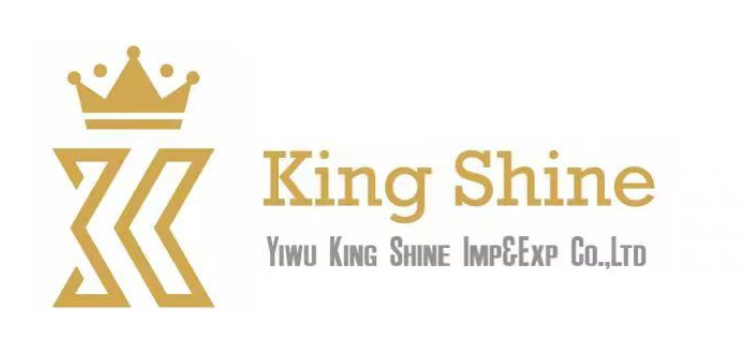
In today’s fast-paced business environment, optimizing your procurement process is essential for maintaining a competitive edge. Streamlining your procurement operations not only saves time and resources but also enhances overall efficiency and effectiveness. This article will provide valuable insights and practical tips to help you streamline your procurement process, from identifying key areas for improvement to implementing strategies that promote efficiency and cost savings. By implementing these tips, you can enhance your purchasing process and achieve more efficient outcomes for your business.
- Importance of Streamlining Procurement: To begin, it’s crucial to understand the significance of streamlining your procurement process. Streamlined procurement operations offer several benefits, including reduced costs, improved supplier relationships, increased productivity, and enhanced overall business performance. By eliminating unnecessary steps, automating manual processes, and adopting efficient procurement practices, businesses can achieve greater efficiency, shorter lead times, and better control over their supply chain.
- Identifying Areas for Improvement: Before streamlining your procurement process, it’s important to identify areas that require improvement. Analyze your current procurement workflow, identify bottlenecks, and evaluate pain points that hinder efficiency. Common areas for improvement may include supplier selection, purchase order processing, invoice management, and inventory control. Conduct a thorough assessment of these areas to gain insights into where improvements can be made.
- Streamlining Strategies and Tips : a. Supplier Relationship Management: Foster strong relationships with reliable suppliers who understand your business requirements, offer competitive pricing, and provide timely delivery. Implement vendor performance evaluation systems to ensure ongoing supplier excellence.
b. Automating Procurement Tasks: Leverage procurement software or platforms that automate routine tasks such as purchase order creation, invoice processing, and inventory management. Automation reduces manual errors, saves time, and enables efficient data management.
c. Centralizing Procurement: Establish a centralized procurement system or department to consolidate purchasing activities, standardize processes, and consolidate supplier negotiations. This centralization promotes consistency, control, and better oversight of procurement activities.
d. Implementing e-Procurement Solutions: Embrace e-procurement tools to streamline purchasing processes, facilitate online bidding, improve transparency, and simplify supplier collaboration. E-procurement reduces paperwork, enhances accuracy, and accelerates the procurement cycle.
e. Data-Driven Decision Making: Utilize data analytics and reporting tools to gain insights into spending patterns, supplier performance, and overall procurement effectiveness. Data-driven decision-making enables strategic sourcing, identifies cost-saving opportunities, and facilitates continuous improvement.
Conclusion: Streamlining your procurement process is crucial for achieving efficiency and cost savings in today’s competitive business landscape. By implementing the tips and strategies discussed in this article, businesses can enhance their procurement operations, improve supplier relationships, and drive overall business performance. Remember to continuously evaluate your procurement process, adapt to changing market dynamics, and embrace innovative solutions to stay ahead. With a streamlined procurement process, you can unlock significant benefits and position your business for success in a rapidly evolving marketplace.


